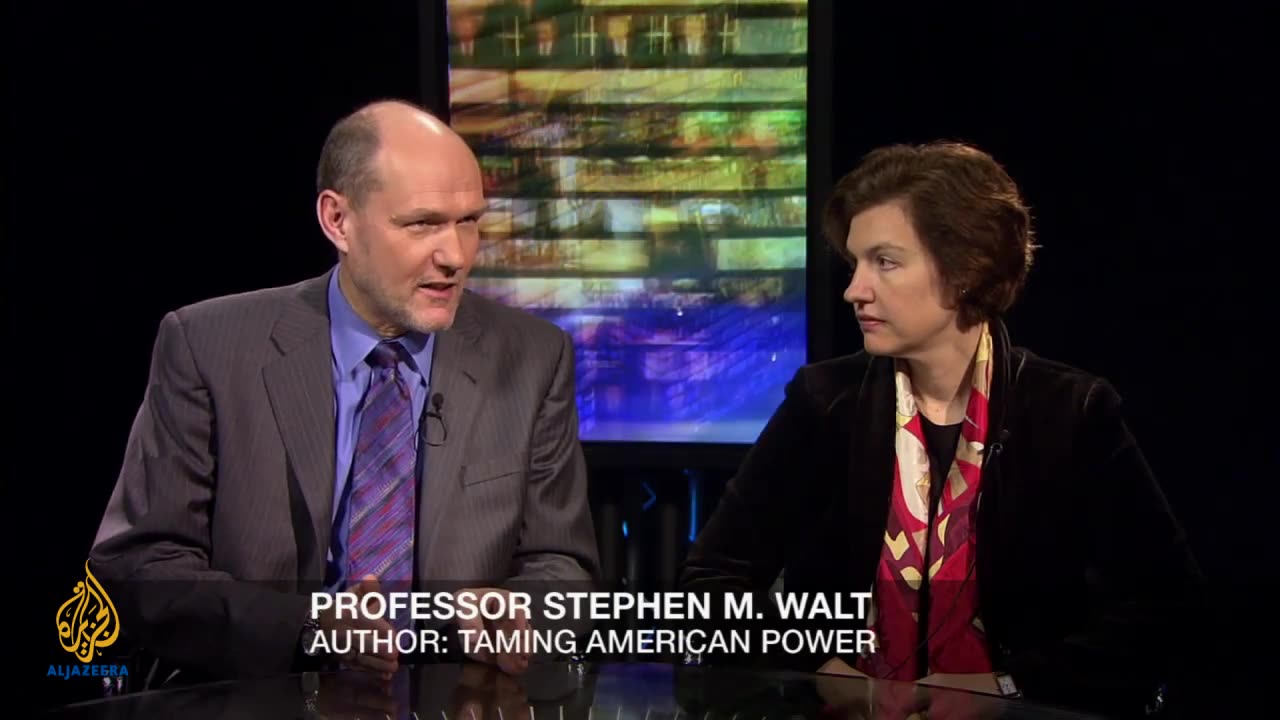Premium Only Content

HSBC Hong Kong and the Birth of Drug Empires: The First Narco State
HSBC Hong Kong and the Birth of Drug Empires
The conversation begins by talking about Empires.
The Opening to China Part I: the First Opium War, the United States, and the Treaty of Wangxia, 1839–1844
The Treaty of Wangxia (Wang-hsia) was the first formal treaty signed between the United States and China in 1844. It served as an American counterpart to the Anglo-Chinese Treaty of Nanjing that ended the First Opium War in 1842.
Featured Documentaries
Drug Trafficking, Politics and Power: The Era of Empires
From colonial China’s opium wars to Cold War US politics, we trace the rise of the global drug trade and its political backers.
Opium, heroin, morphine and cocaine – behind these infamous drug names lies a complex story of colonial power, wealth accumulation and power politics dating from the 1790s to 1970s.
At the turn of the 19th century, colonial powers in Asia actively encouraged opium use and promoted its spread throughout the region.
Meanwhile, the Western pharmaceutical industry developed other miraculous products, used for medicine at first: morphine and later cocaine and heroin.
Addiction became a global scourge and prohibition gradually became the norm. But outlawing these substances created yet another problem – the rise of the first drug trafficking networks, which often sought to operate under state protection.
These networks underwent unprecedented growth, spreading across the world into the 20th century.
Tracing this story throughout the world wars and into the Cold War, when United States secret services used the drug trade as a political instrument, this first episode of a three-part series looks at the rise of the global drug trade over two centuries and its powerful political backers.
Join the Weekly Video Call
Call 305-333-1925
-
 14:38
14:38
Nikko Ortiz
14 hours agoADHD vs Autism
30.3K15 -
 4:40
4:40
GritsGG
13 hours agoTwo Easter Eggs on Call of Duty Warzone!
13.1K1 -
 2:08:19
2:08:19
Side Scrollers Podcast
20 hours agoNetflix Execs to TESTIFY Over LGBTQ Agenda + IGN DESTROYS Xbox Game Pass + More | Side Scrollers
59.3K15 -
 5:08:55
5:08:55
Dr Disrespect
19 hours ago🔴LIVE - DR DISRESPECT - BABY STEPS - THE VERY VERY LAST CHAPTER
128K17 -
 10:28
10:28
BlabberingCollector
14 hours agoAsk Blabs, Episode 5 | Answering Your Wizarding World Related Questions
10.9K1 -
 18:09
18:09
Forrest Galante
5 days agoI Survived 24 Hours In The World's Deadliest Jungle
191K30 -
 LIVE
LIVE
Lofi Girl
2 years agoSynthwave Radio 🌌 - beats to chill/game to
421 watching -
 2:15:09
2:15:09
Badlands Media
19 hours agoOnlyLands Ep. 27: Power Hour Hangover, Trump’s Wartime Shift, and Portland in Flames
118K26 -
 22:21
22:21
DeVory Darkins
8 hours ago $16.90 earnedRioters attack Portland ICE Facility as Democrats make shocking admission
26.7K118 -
 2:06:06
2:06:06
TimcastIRL
11 hours agoTrump DOJ Announces INTERVENTION In Portland Over Nick Sortor Arrest | Timcast IRL
243K401
